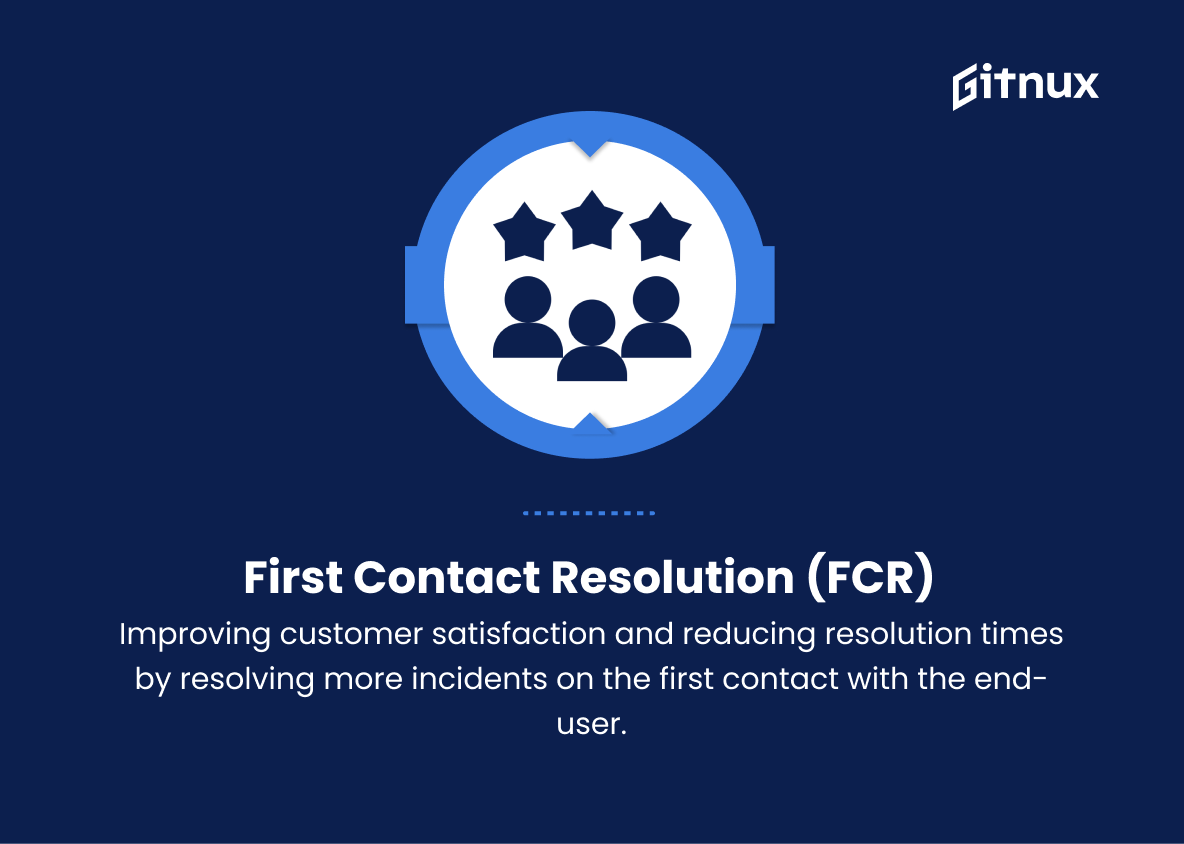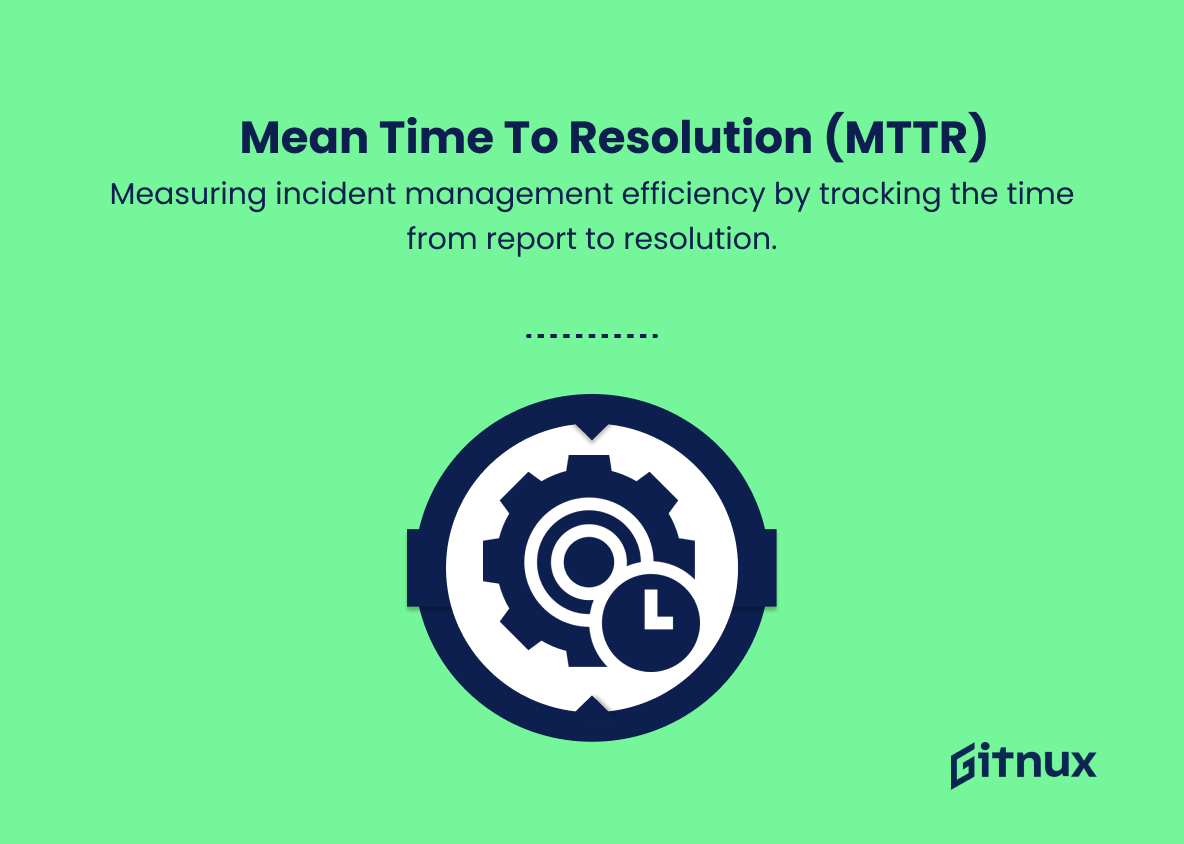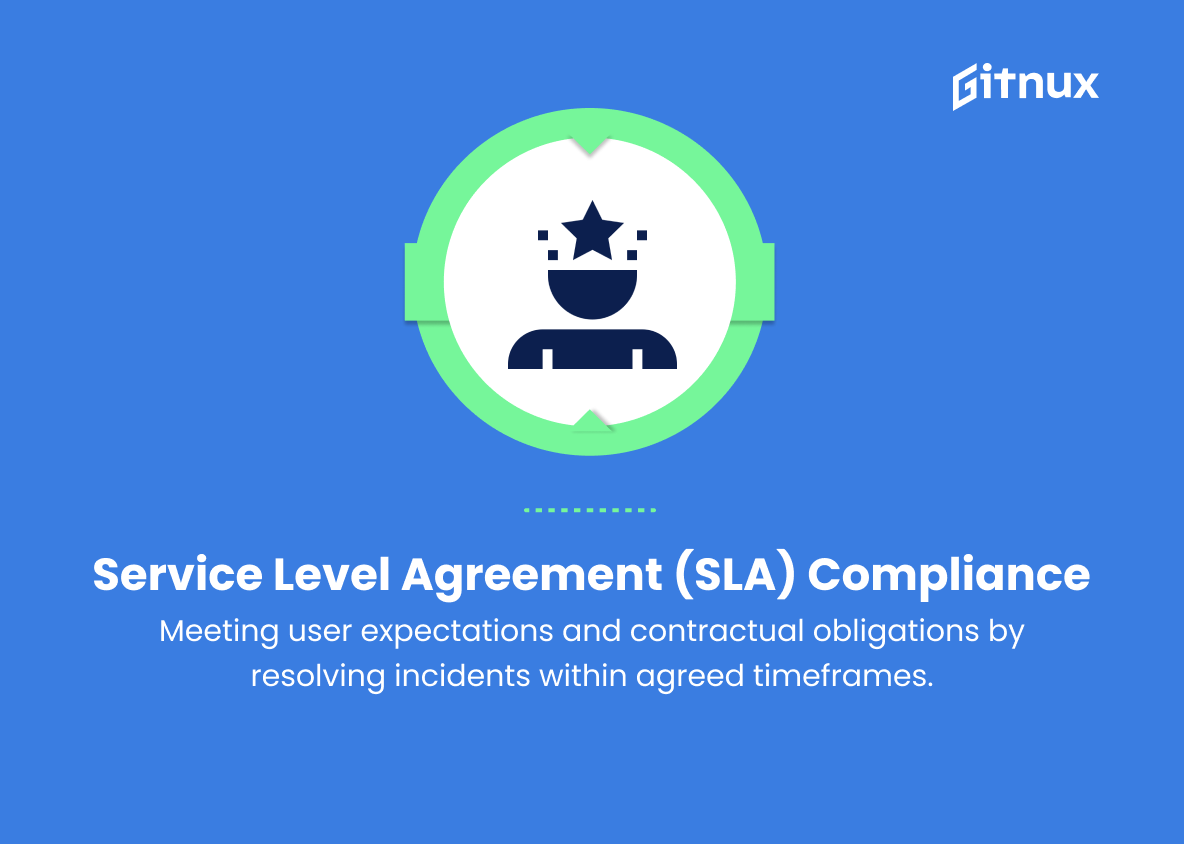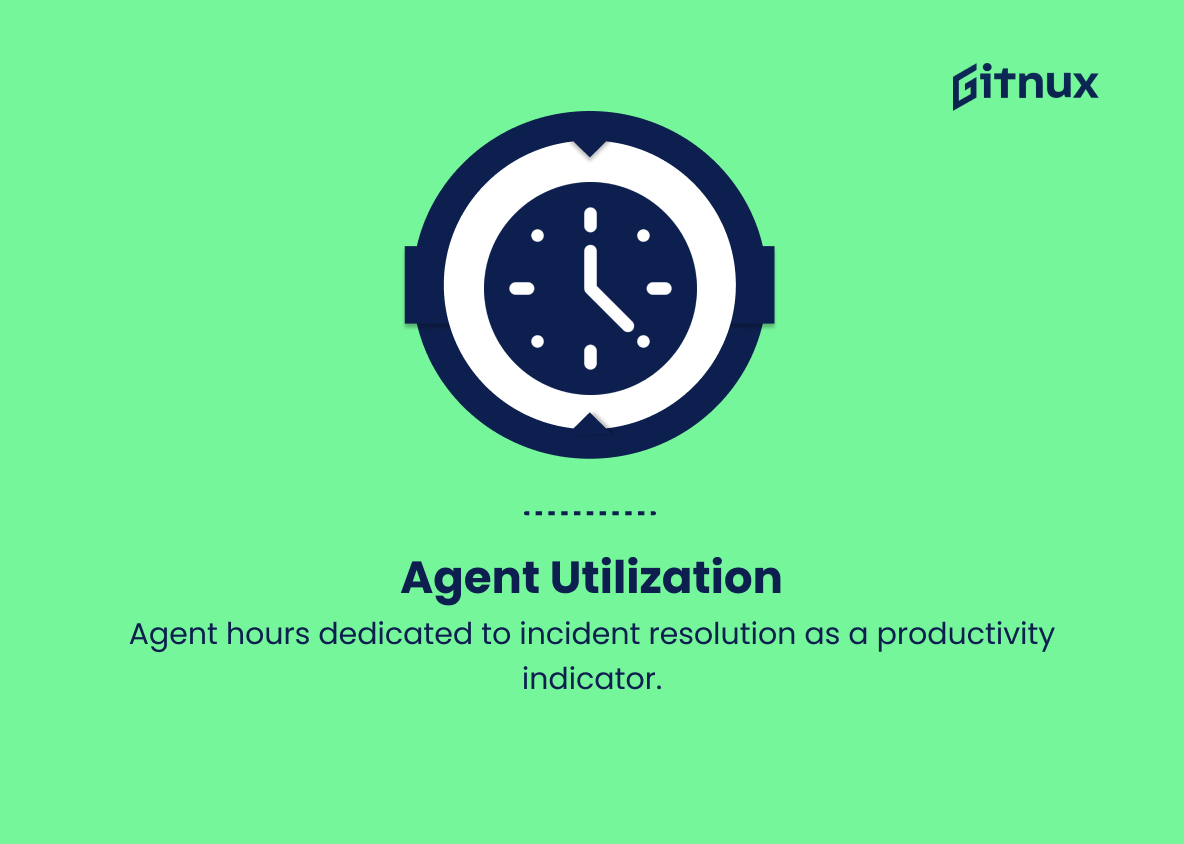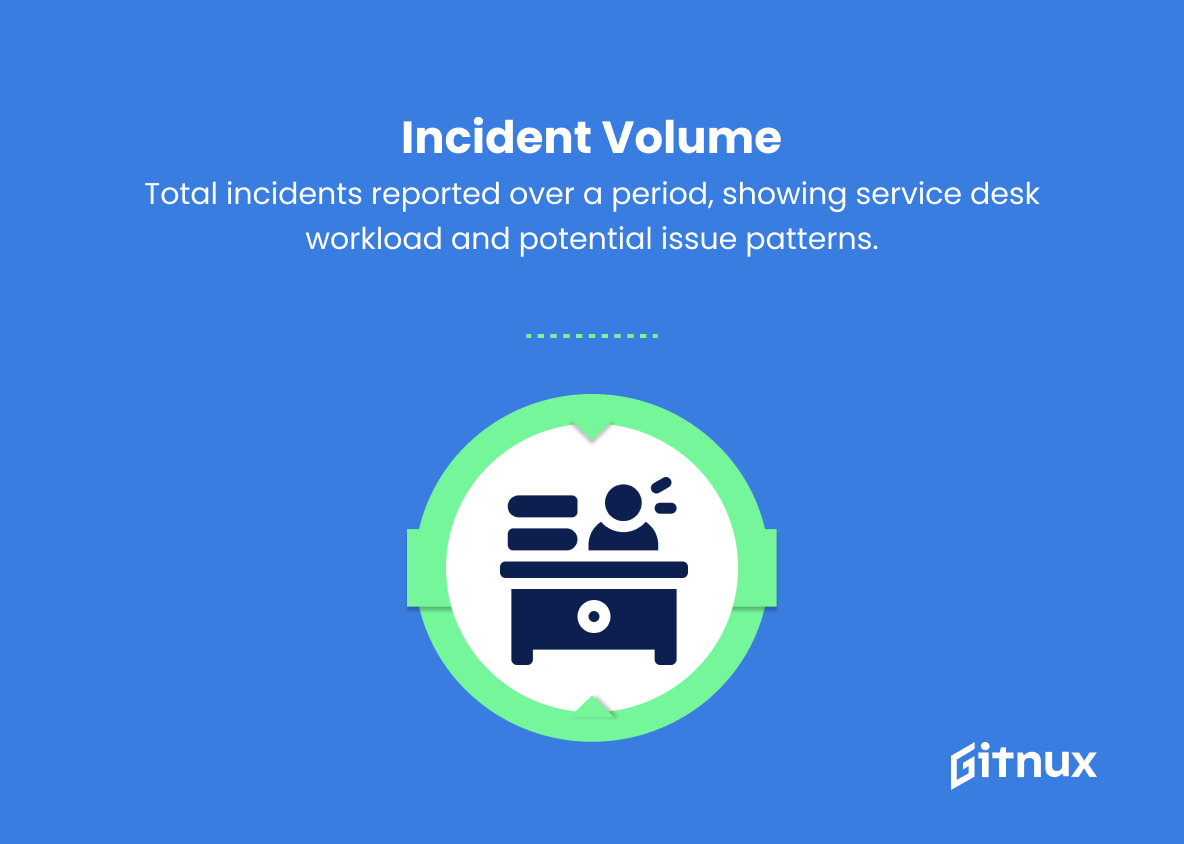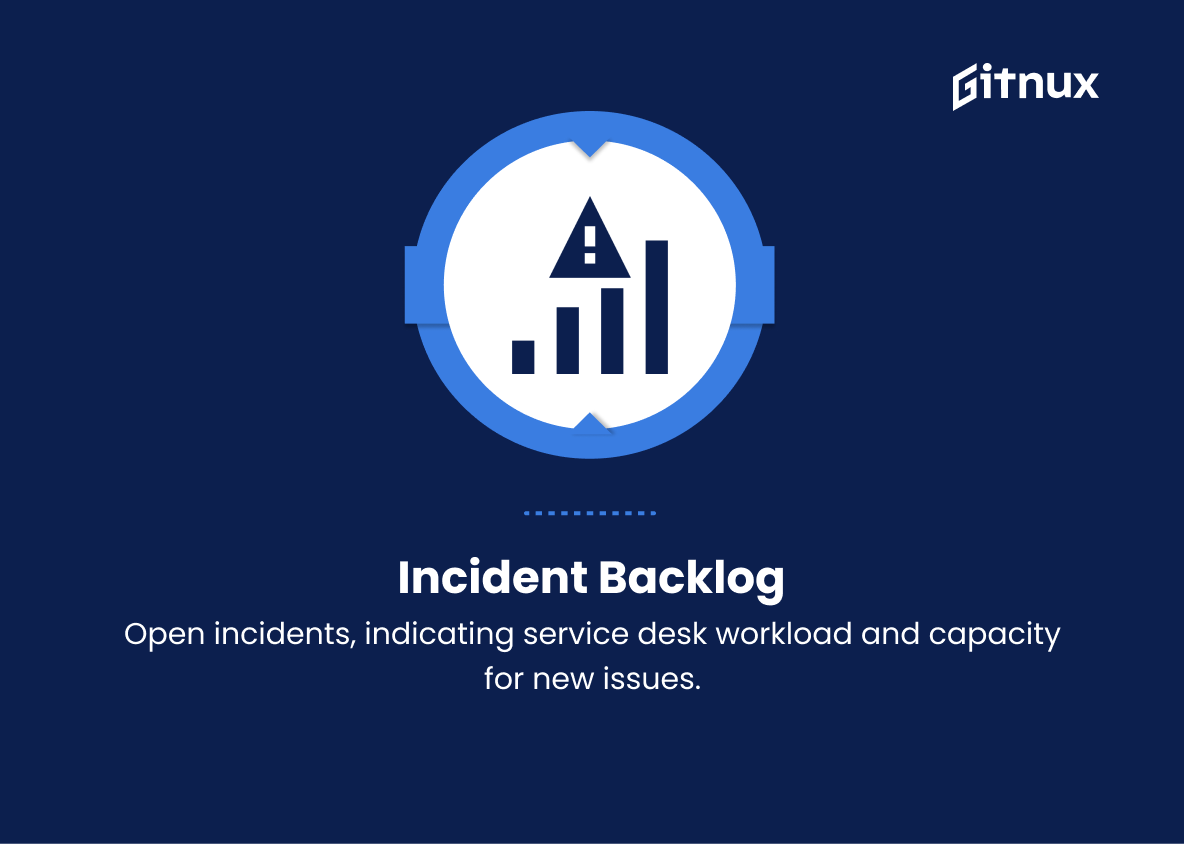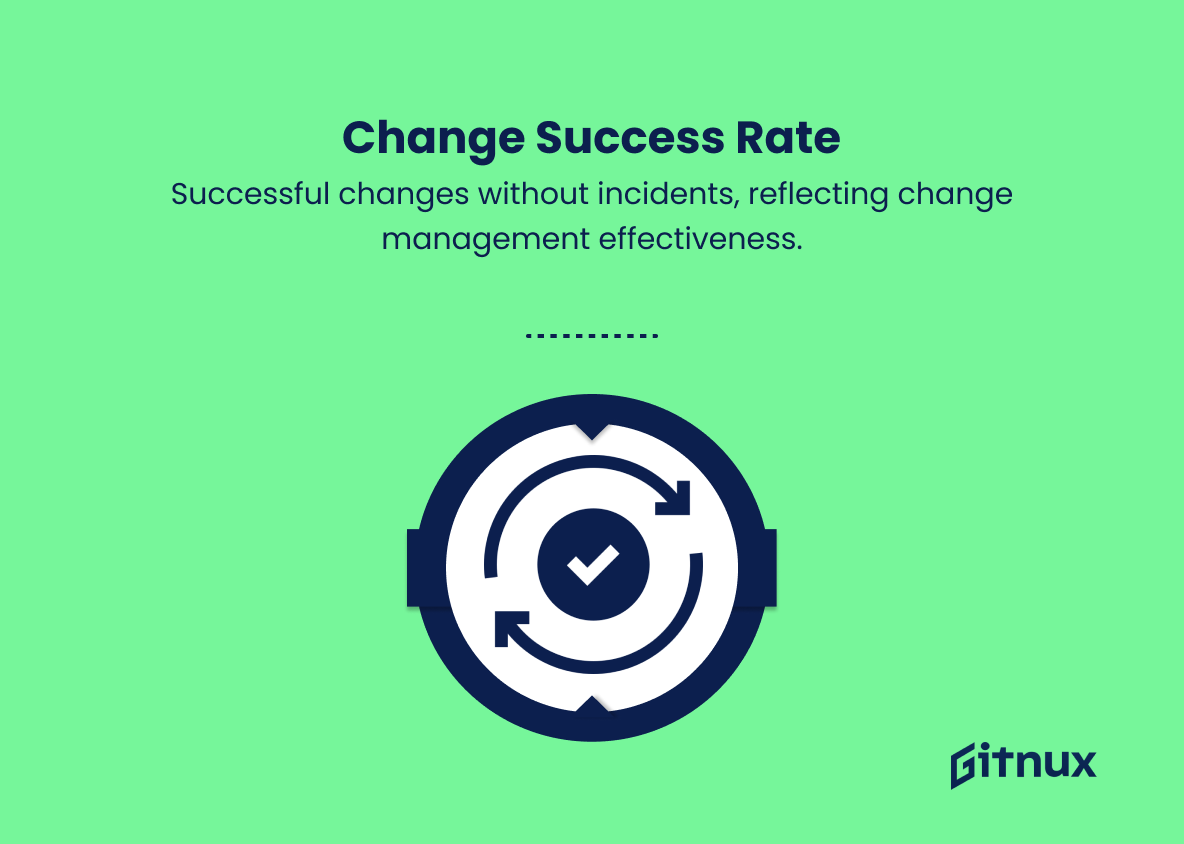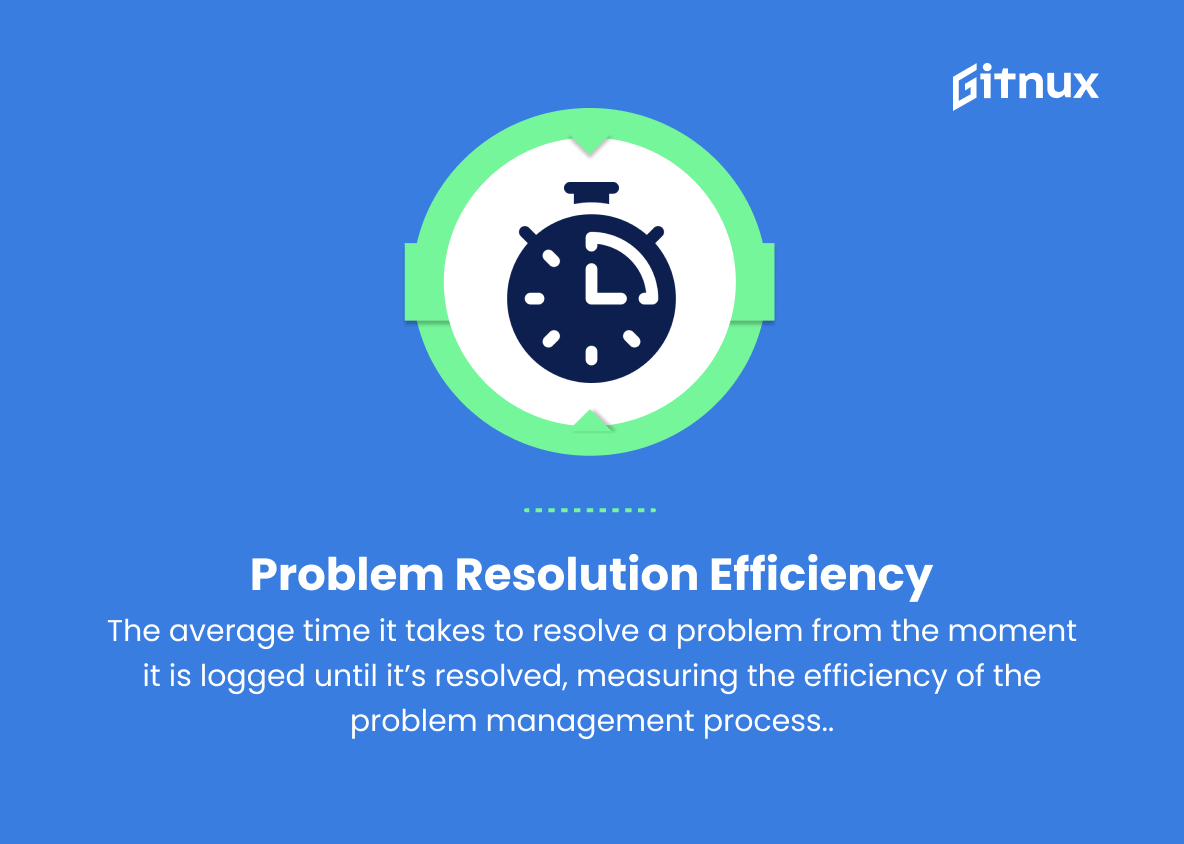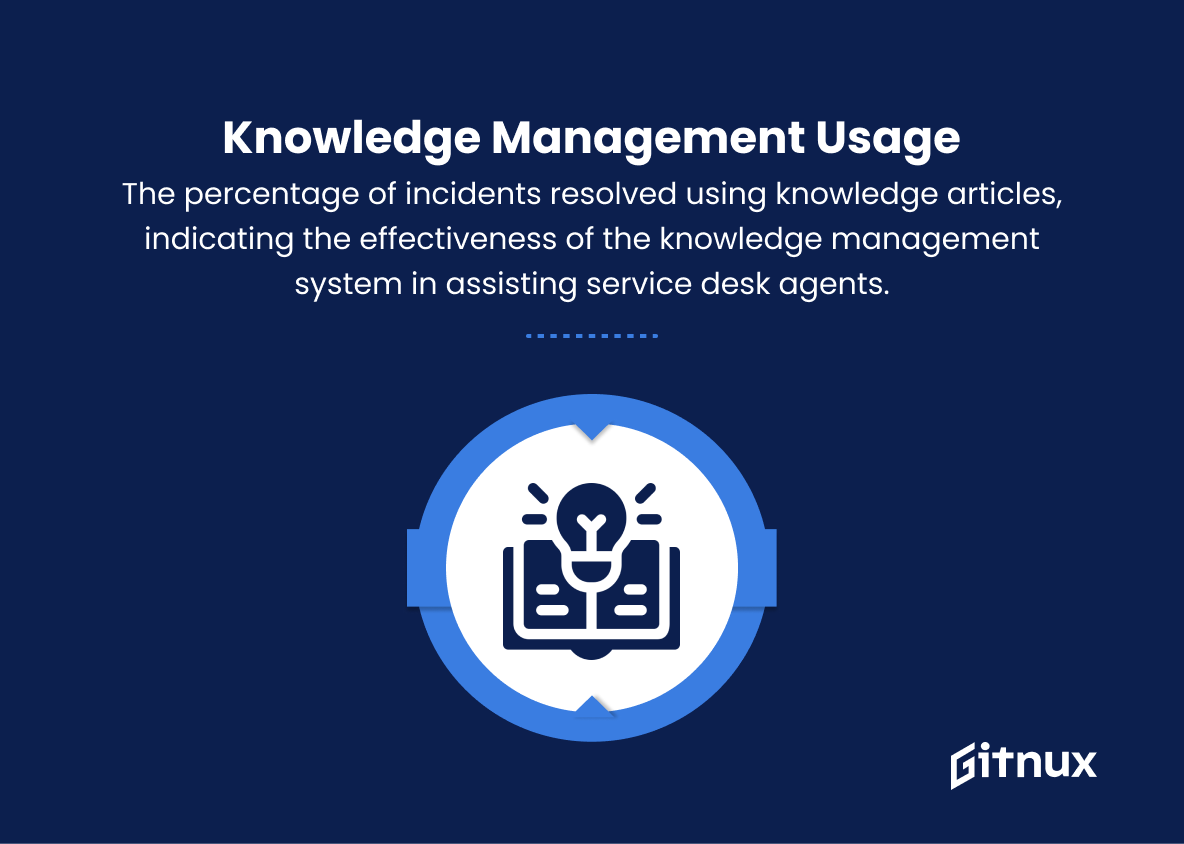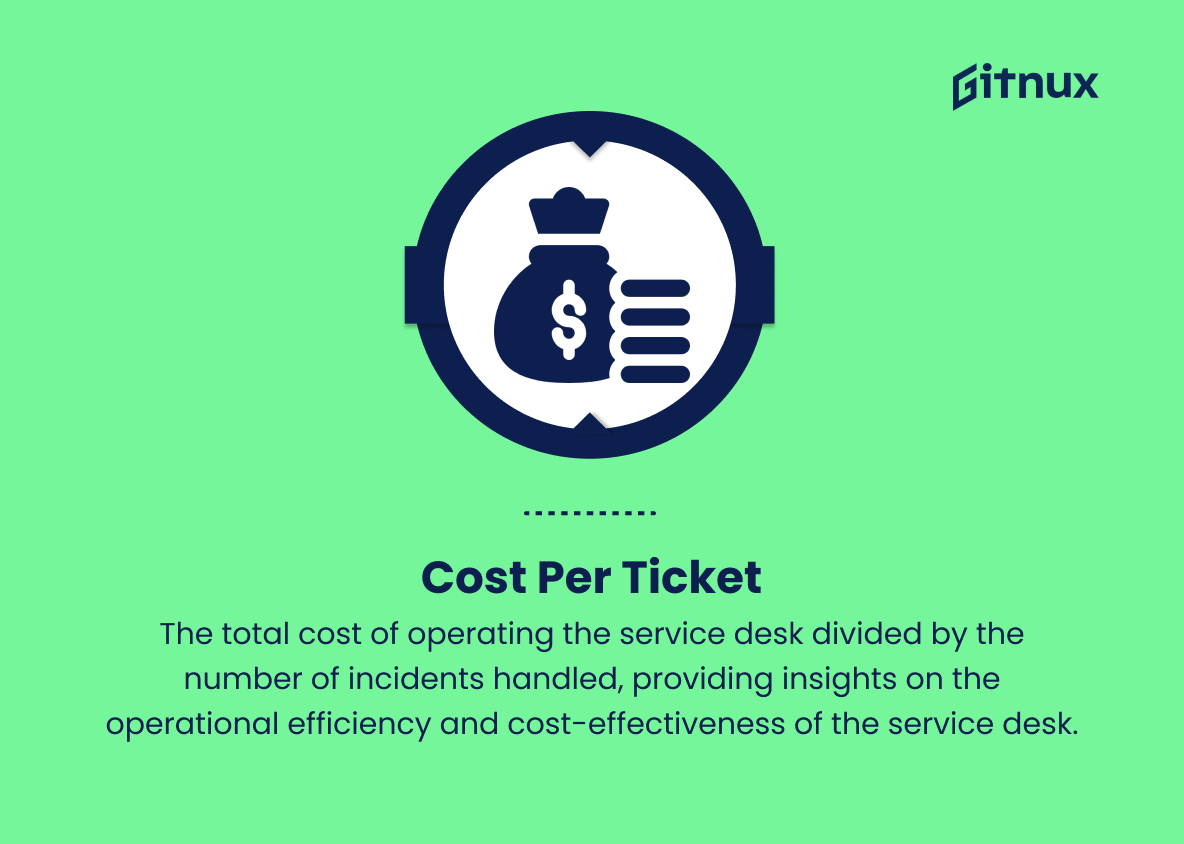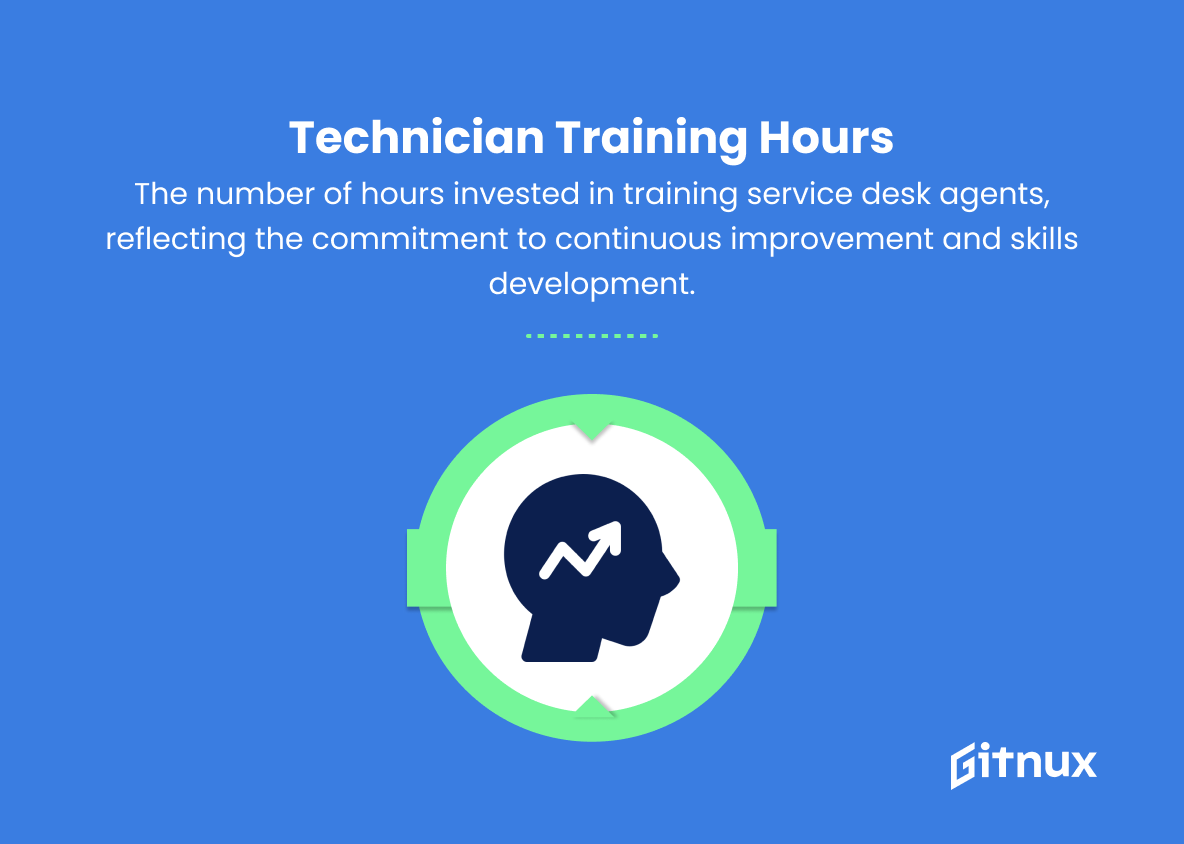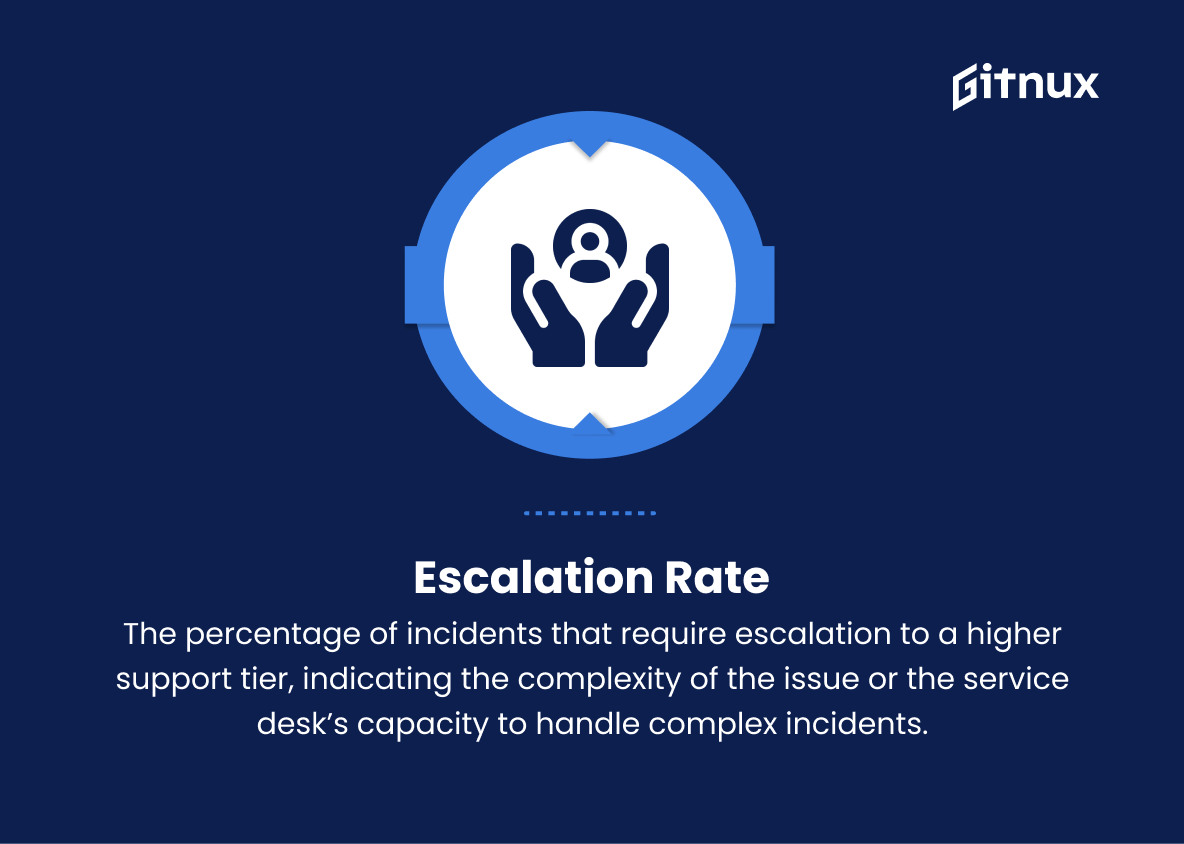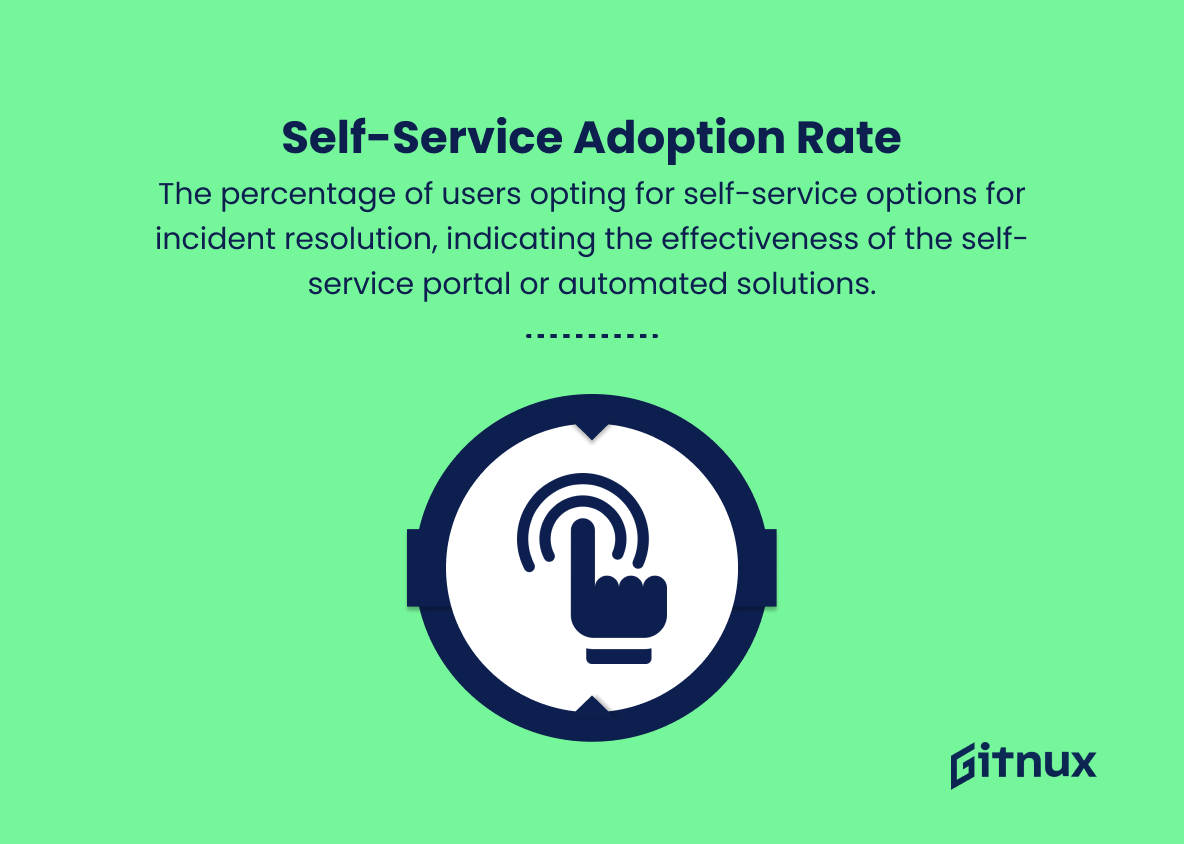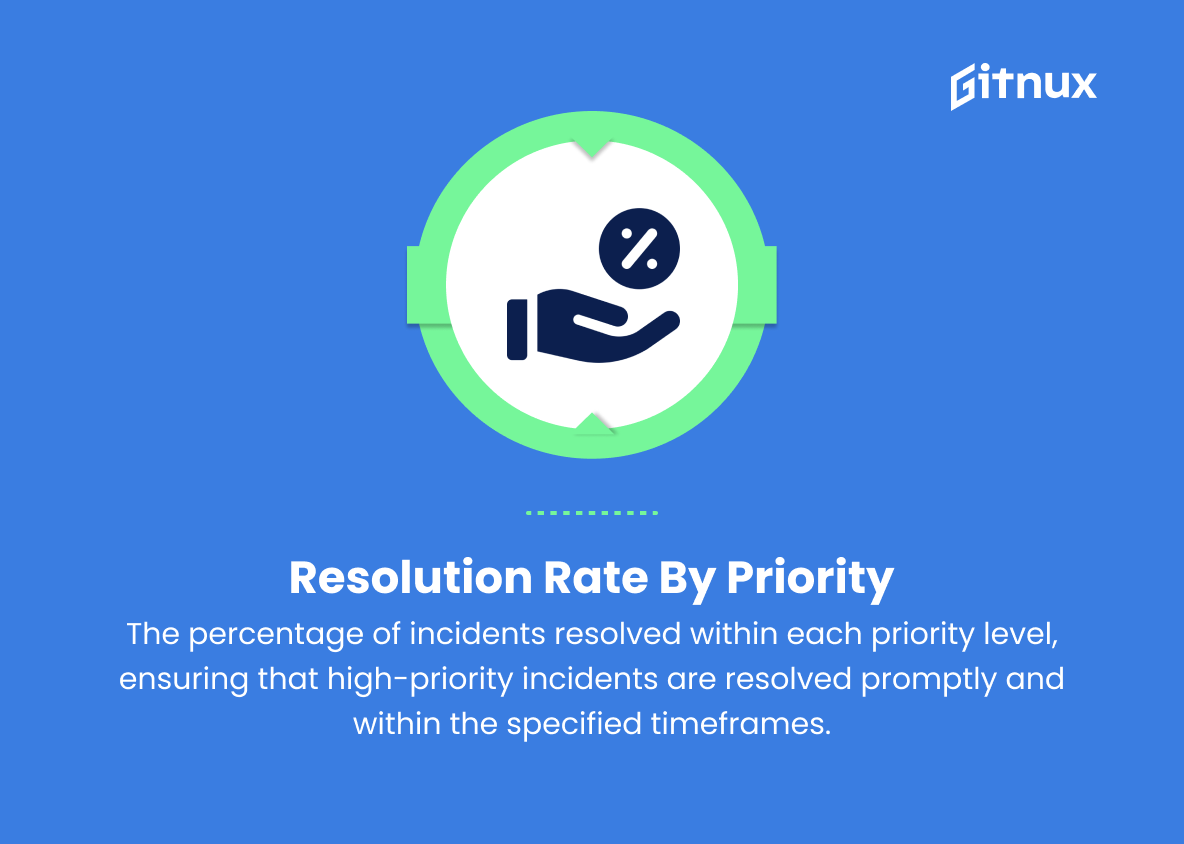In today’s rapidly evolving business landscape, organizations are continually seeking new ways to improve their efficiency, streamline operations, and ultimately drive growth. One method that has increasingly gained traction in recent years is the use of Information Technology Service Management (ITSM) metrics to monitor and evaluate the performance of IT service delivery. As a critical component of modern enterprises, IT departments must be able to demonstrate their value and contribution to achieving organizational objectives.
This blog post aims to delve into the significance of ITSM metrics – examining their role in providing leadership teams with invaluable insights and how they can be leveraged to optimize IT services for the benefit of both internal stakeholders and end-users alike. So, join us as we explore the world of ITSM metrics and uncover the secrets behind their transformative potential.
ITSM Metrics You Should Know
1. First Contact Resolution (FCR)
The percentage of incidents resolved on the first contact with the end-user, improving customer satisfaction and reducing resolution times.
2. Mean Time to Resolution (MTTR)
The average time it takes to resolve an incident from the moment it’s reported until it’s resolved, measuring the efficiency of the incident management process.
3. Service Level Agreement (SLA) Compliance
The percentage of incidents resolved within the agreed-upon timeframe, indicating the service desk’s ability to meet user expectations and contractual obligations.
4. Customer Satisfaction (CSAT)
A measurement of how satisfied end-users are with the service desk’s performance, often gauged through surveys and feedback forms.
5. Agent Utilization
The percentage of working hours spent by service desk agents on incident resolution, indicating the allocation of resources and overall productivity.
6. Incident Volume
The total number of incidents reported during a specific time period, reflecting the workload of the service desk and potentially revealing trends and patterns in issues.
7. Incident Backlog
The number of open incidents not currently being worked on, reflecting the service desk’s workload and capacity to handle new issues.
8. Change Success Rate
The percentage of changes that are successfully implemented without causing incidents, indicating the effectiveness of the change management process.
9. Problem Resolution Efficiency
The average time it takes to resolve a problem from the moment it is logged until it’s resolved, measuring the efficiency of the problem management process.
10. Knowledge Management Usage
The percentage of incidents resolved using knowledge articles, indicating the effectiveness of the knowledge management system in assisting service desk agents.
11. Cost per Ticket
The total cost of operating the service desk divided by the number of incidents handled, providing insights on the operational efficiency and cost-effectiveness of the service desk.
12. Technician Training Hours
The number of hours invested in training service desk agents, reflecting the commitment to continuous improvement and skills development.
13. Escalation Rate
The percentage of incidents that require escalation to a higher support tier, indicating the complexity of the issue or the service desk’s capacity to handle complex incidents.
14. Self-Service Adoption Rate
The percentage of users opting for self-service options for incident resolution, indicating the effectiveness of the self-service portal or automated solutions.
15. Resolution Rate by Priority
The percentage of incidents resolved within each priority level, ensuring that high-priority incidents are resolved promptly and within the specified timeframes.
ITSM Metrics Explained
First Contact Resolution (FCR) is a critical metric in IT service management as it measures the efficiency of incident resolution, directly impacting customer satisfaction and proving resourceful in reducing resolution times. Equally important is Mean Time to Resolution (MTTR), gauging the effectiveness of the incident management process and determining how swiftly issues are addressed. Service Level Agreement (SLA) Compliance is another valuable indicator that showcases a service desk’s capacity to meet user expectations and contractual obligations. To ensure excellent service, Customer Satisfaction (CSAT) scores are collected and analyzed, providing insights on areas of improvement.
Agent Utilization and Incident Volume allow for better resource allocation, improved productivity, and provide a deeper understanding of the workload and incident trends faced by the service desk. By monitoring the Incident Backlog, service desks can better manage their workload and capacity to address new issues. Change Success Rate and Problem Resolution Efficiency offer insight into the effectiveness of change and problem management processes, respectively. Knowledge Management Usage helps assess the value of the knowledge management system in aiding agents, while Cost per Ticket highlights the service desk’s operational efficiency and cost-effectiveness.
Technician Training Hours showcases a commitment to continuous improvement, skills development, and overall service quality. The Escalation Rate reveals the complexity of issues faced and the service desk’s ability to handle them. Self-Service Adoption Rate indicates the success of self-service portals or automated solutions, and the Resolution Rate by Priority ensures that high-priority incidents are resolved in a timely manner, fortifying the effectiveness of the IT service management process.
Conclusion
In closing, ITSM metrics are vital in reinforcing the efficiency, effectiveness, and overall success of IT service management processes. By diligently monitoring and analyzing these metrics, organizations can detect potential issues in their service delivery and take necessary corrective actions, ensuring a seamless and exceptional end user experience.
By embracing the continuous improvement mindset, businesses can make data-driven decisions, optimize resource allocation, and consistently enhance their ITSM processes. Therefore, it is crucial for every organization to prioritize identifying, monitoring, and evaluating the appropriate ITSM metrics to unleash their potential and drive constant improvement in their IT services.
